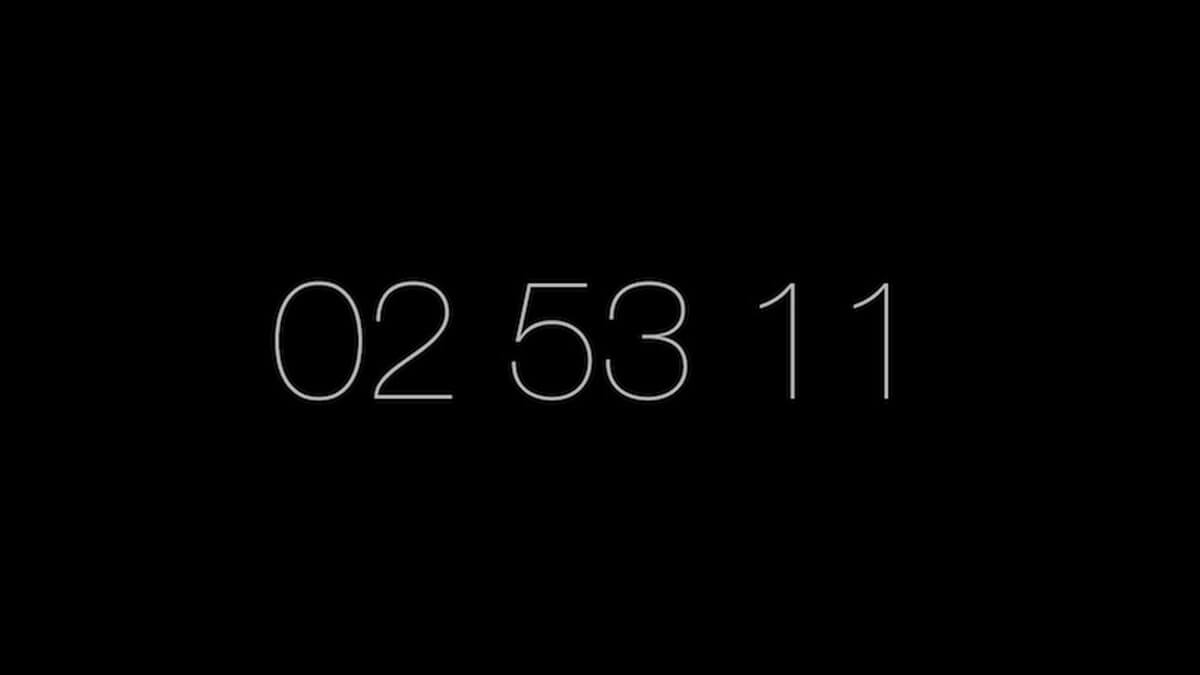
It simply blanked the screen after three minutes of inactivity (an interval which could be changed only by recompiling the program).īy 1983 a Zenith Data Systems executive included "screen-saver" among the new Z-29 computer terminal's features, telling InfoWorld that it "blanks out the display after 15 minutes of nonactivity, preventing burned-in character displays". The screensaver, named scrnsave, was published in the December 1983 issue of the Softalk magazine.
#Mac upload video for screensaver Pc
The first screensaver was allegedly written for the original IBM PC by John Socha, best known for creating the Norton Commander he also coined the term screen saver. Opposite his chair was a stereovision tank disguised as an aquarium he switched it on, guppies and tetras gave way to the face of the well-known Winchell Augustus Greaves. Heinlein gave an example of how they might be used in his novel Stranger In A Strange Land (1961): The Ken Burns panning and zooming effect is sometimes used to bring the image to life.ĭecades before the first computers using this technology were invented, Robert A. This allows applications to use resources only when the computer would be otherwise idle. Some screensavers activate a useful background task, such as a virus scan or a distributed computing application (such as the project).

This is a basic security measure against another person accessing the machine while the user is absent.
#Mac upload video for screensaver password
They usually feature moving images or patterns and sometimes sound effects.Īs screensavers are generally expected to activate when users are away from their machines, many screensavers can be configured to ask users for a password before permitting the user to resume work. Primarily these are for decorative/entertainment purposes, or for password protection. While modern screens are not susceptible to the issues discussed above, screensavers are still used. Gnome-screensaver has an option for password protection LCD computer monitors, including the display panels used in laptop computers, are not susceptible to burn-in because the image is not directly produced by phosphors (although they can suffer from a less extreme and usually non-permanent form of image persistence). Later CRTs were much less susceptible to burn-in than older models due to improvements in phosphor coatings, and because modern computer images are generally lower contrast than the stark green- or white-on-black text and graphics of earlier machines. In these applications, burn-in can be prevented by shifting the position of the display contents every few seconds, or by having a number of different images that are changed regularly. Blanking the screen is out of the question as the machine would appear to be out of service.

Older machines designed without burn-in problems taken into consideration often display evidence of screen damage, with images or text such as "Please insert your card" (in the case of ATMs) visible even when the display changes while the machine is in use. Screen-saver programs were designed to help avoid these effects by automatically changing the images on the screen during periods of user inactivity.įor CRTs used in public, such as ATMs and railway ticketing machines, the risk of burn-in is especially high because a stand-by display is shown whenever the machine is not in use. Cathode ray televisions, oscilloscopes and other devices that use CRTs are all susceptible to phosphor burn-in, as are plasma displays to some extent. When the same image is displayed on a CRT screen for long periods, the properties of the exposed areas of phosphor coating on the inside of the screen gradually and permanently change, eventually leading to a darkened shadow or "ghost" image on the screen, called a screen burn-in. They know that they are re-creating / imitating what is already been done, but as a project for themselves, and more importantly, to do things as friends and share a common interest.Purpose Screen protection īefore the advent of LCD screens, most computer screens were based on cathode ray tubes (CRTs). I think you're also kind of missing the point of this exercise.
:max_bytes(150000):strip_icc()/002-add-screensaver-mac-2260716-41e8dd36a78a46adbffb99da0116ad09.jpg)

I know for myself, I'll sometimes use an existing scene as a reference (say, something like that of what's shown above or one of the great grand landscapes that has been shot to death) as a starting point, but will then work from there to get my own unique compositions. I'm sure the images they created are similar, but I"m sure they also have some that are unique to them or their trip. But at the same time, this also challenges people to see things differently too. There are many a few photographers that truely can create something unique (such as Bryan Peterson) that very few people have done. Pretty much everything everyone does these days in photography is a recreation (in some fashion) of something someone else has done before.


 0 kommentar(er)
0 kommentar(er)
